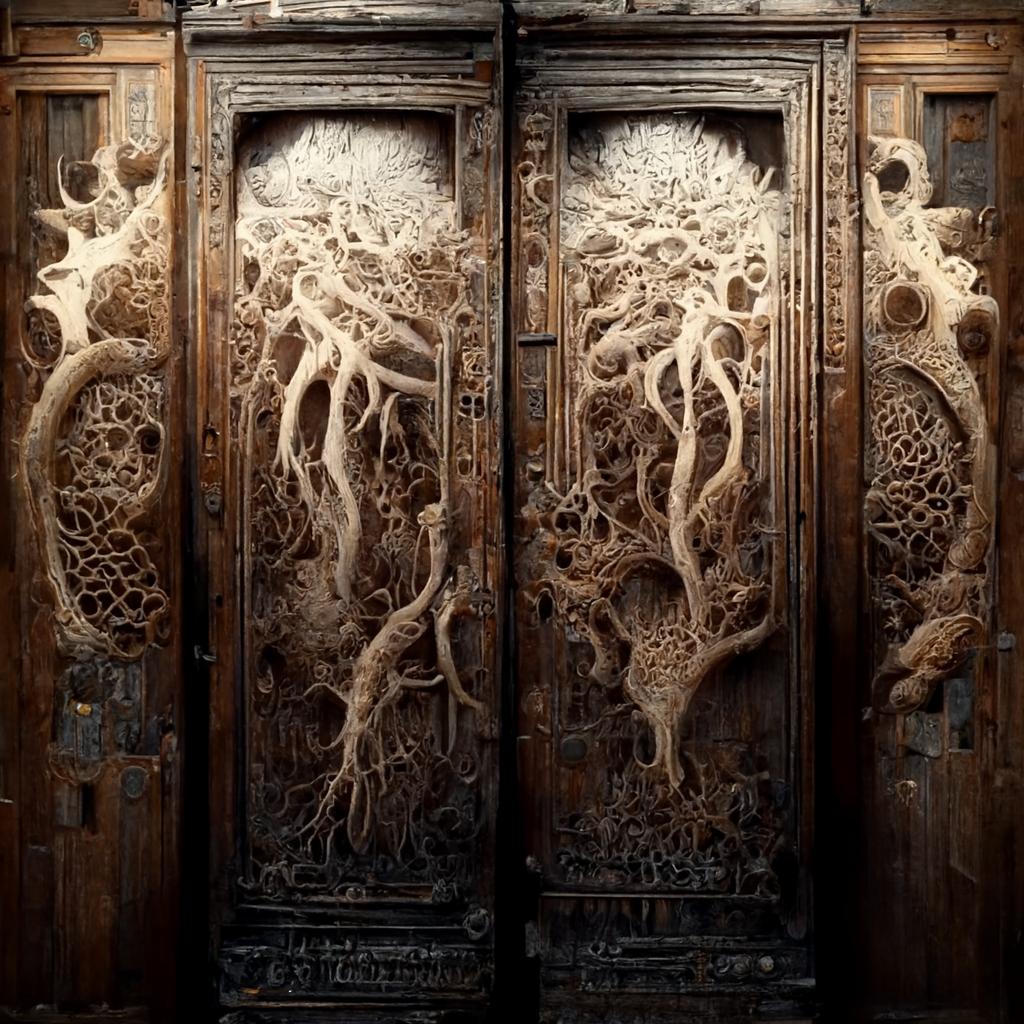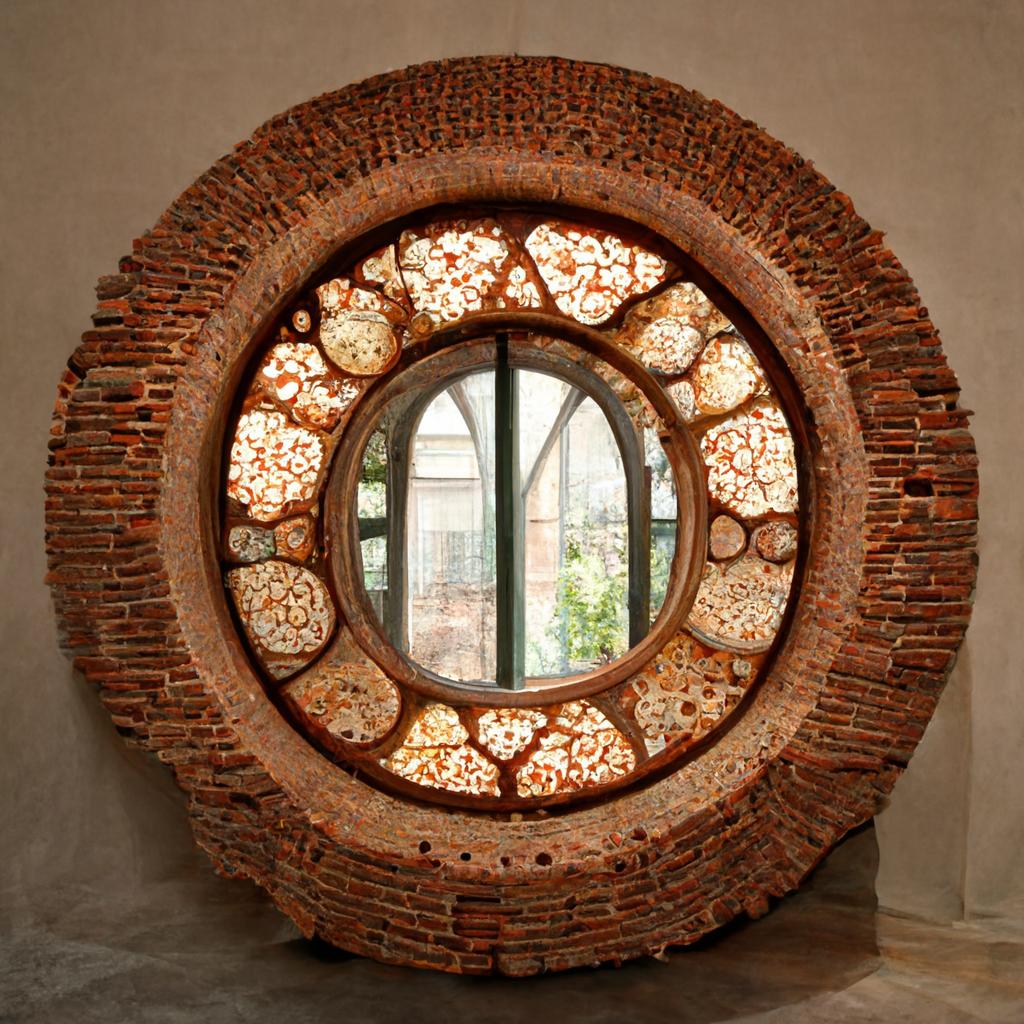/imagine prompt :





Through the evolution of a long series of Social platforms, we’ve seen a shifting emphasis on who rules these platforms. We’ve also gained some understanding of what skills are needed to best leverage their unique and peculiar strengths.

We began our journey into becoming a massively networked species with code based MOOs and early text-based messaging platforms like MSN messenger, ICQ and Yahoo! Messenger.
These early platforms celebrated the Textually proficient, and allowed users with superior language skills to rule those early roosts.
Stephen White wrote the first version of the MOO server, released on May 2nd, 1990. In fact early MOOs, and most early “Text-based adventure games” were the earliest form of text to imagination prompts on the Internet. Users engaged in elaborate text descriptions and long story arcs, using commonly defined game parameters with deeply involved, immersive roleplay.


At 2.20AM on March 22,2006 Jack Dorsey set up the first ever Twttr account, and sent out the first ‘Tweet’ ever. Twttr was partly chosen because www.twitter.com had already been taken, and it sort of resembled the logic of Flickr. Twitter.com was eventually purchased. Dorsey said “...we came across the word "twitter", and it was just perfect. The definition was "a short burst of inconsequential information", and "chirps from birds".


On July 16, 2010 CEO and co-founder Kevin System uploaded the first ever photo to the brand new Instagram app. It was a photo of his dog and his girlfriend’s foot.
Instagram created a new world of shared content for the visually inclined, and paved the way for sharing photography, art, illustration and the host of content that we see proliferating on the platform today.






With advances in text input and democratic toolkits being made available, the ivory towers of Architecture and Design will slowly start shedding bricks.




are creating a new platform for an involvement without hierarchies in the creation of built artefacts and environments.


Being able to take a ‘text’ brief and convert it to seductive imagery was the fig-leaf of most aesthetically driven Design practices.



In this emerging ecosystem, any abstract idea can find quick representation, permanently changing the dynamics of conversation with Design professionals.

Textual articulation is the domain of the general public. Democratic access to the tools of visualisation will redefine the boundaries of the profession profoundly.







How we integrate Pretty Prompts into our design process may well shape the design output for the near future.